Catfish are one of the best eating fish around, when prepared properly, although many anglers don’t realize the work involved in cleaning a catfish. You must learn proper cleaning style so as not to get stung by their poisonous spines. Follow our scrupulous catfish cleaning technique, as we guide your fillet knife through their leather-like skin to the delectable meat lying underneath!
To skin or not to skin?
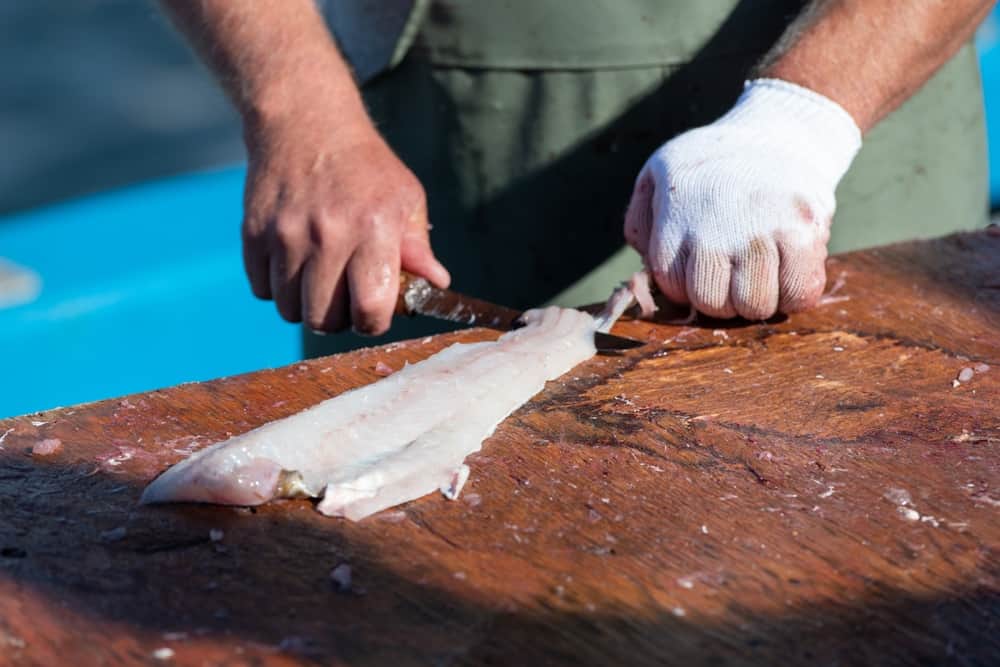
Source: Shutterstock
You do not necessary need to skin a catfish before cooking; however, we highly recommend you do. Specifically because a cat’s outer layer is very tough, with a resiliency that is incredible. Also, since their skin is so thick, it makes for an unappealing texture to bite into, and generally not edible. So skinning it is!
General Catfish Cleaning
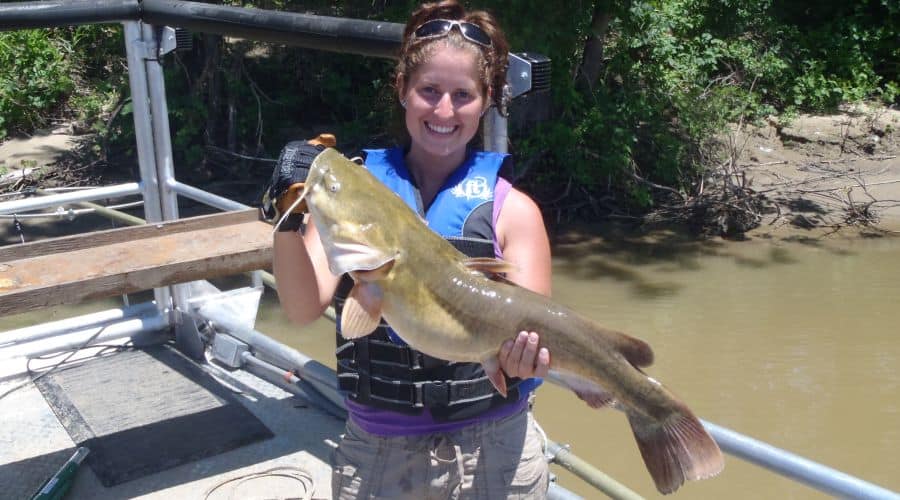
Image credits: OceanAtoll via Wikimedia
The only difference between cleaning a two-pound channel catfish or a 40-pound flathead, is the size. The only additional steps required when cleaning a more sizable catfish, some people cut out the meat from their belly and cheeks, but that depends on your preference. Some anglers find belly meat too fatty, whereas others will argue the meat from a catfish’s belly and cheek is the most tender and flavourful part of their body. Keep in mind that some waters recommend discarding belly meat altogether as any toxins such as Mercury will accumulate here first. The cheek meat on the other hand is highly prized as the catfish’s Filet Mignon!
Required Tools
- A sharp fillet knife
- Fishing gloves
- Fishing Pliers
- Resealable storage bags
An Electric Fillet Knife Versus a Non-Electric Fillet Knife

Image credits: American Angler via Amazon
Electric fillet knives are another option in our catfish cleaning technique, because you can clean a cat a short amount of time with minimal effort. However, a good quality electric fillet knife can be pricey and may require more time to learn how to use them. If you already own and know how to operate an electric fillet knife, use it. Otherwise, it is not a necessary tool for cleaning catfish, and you can still efficiently get by with an ordinary fillet knife. With that in mind, let’s move on to how to clean a catfish effectively.
How to Clean a Catfish

Source: Shutterstock
Step One: Make an Incision Behind the Gills
Make an incision behind the catfish’s gills, at a 45-degree angle towards the head.
Step Two: Cut Along the Spine
Make a shallow cut along the fish’s spine; once you get past the rib cage, push your knife down through the backbone, and finish your cut out to the tail.
Step Three: Peel the Meat Back and Work the Knife Around the Ribs
Slowly work your fillet knife to peel the fillet off the catfish gently. Make sure to stay along the fish’s ribs, so you don’t lose any meat.
Step Four: Repeat the Process on the Other Side
Follow steps one to three on the other side of the catfish.
Step Five: Grab the Tail and Peel the Skin off the Catfish
Grab the catfish’s tail, make an incision deep enough to cut between the meat and the fish’s skin. If you leave some skin on your fillet, use pliers peel the remainder of the skin off of the fillet. Repeat this process on the other fillet.
Step Six: Cut Out the Cheek Meat
Cutting out the cheek meat is an additional catfish cleaning technique if you snag a sizeable cat, and you want to utilize as much meat as you possibly. To cut out the meat from the fish’s cheek, you need to:
- Make an incision above its eye following the bone of the catfish’s skull, cutting towards the opercula bone.
- Then cut down its clavicle bone.
- Complete the cut by circling back up its jawline.
- Peel the cut-out meat out of the fish’s cheek.
- Peel the skin off of the cut-out cheek meat with your fillet knife or a pair of fishing pliers.
Step Seven: Cut Out the Belly Meat
In my opinion, it isn’t worth taking the time to cut out the belly meat unless the catfish is over 20-pounds. If you feel it is worth cutting out the belly meat, go ahead and follow these additional steps:
- Find the center of the fish’s belly between the two pelvic fins.
- Cut from the center point towards one of the pelvic fins.
- Then, cut along the underside of the fish’s ribcage towards the anal fins.
- Once you reach where the anal fins begin, cut across the fish’s underside towards the other side of its ribcage.
- Cut back up towards the pelvic fins and to the center of the fish’s belly to finish your cut.
- Pick the belly meat out, cutting away any of the guts that come along with it.
- Cut or peel off any skin on the belly meat you just cut out.
Step Eight: Properly Dispose of the Catfish’s Carcass
After cleaning your catfish, please make sure to dispose of its carcass properly.
Don’t Forget to Brine Your Harvest!
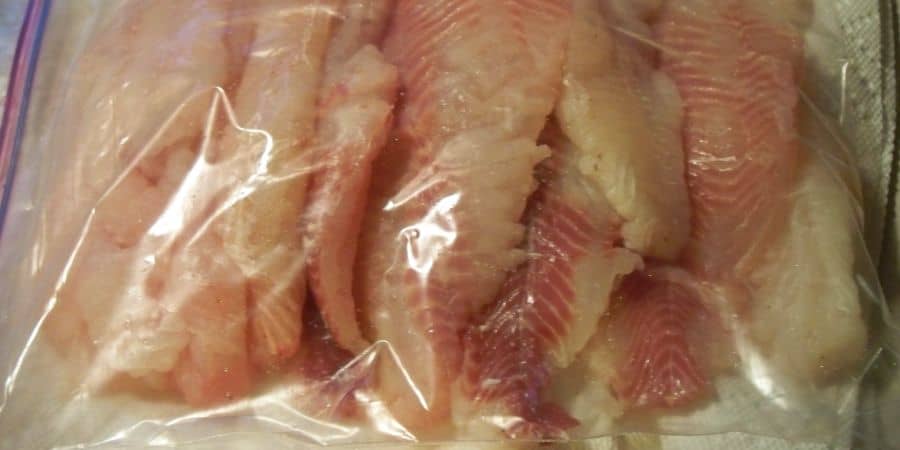
Image credits: Jahofker via Flickr
Many people say they don’t like catfish meat because it tastes “fishy.” If they’ve previously eaten catfish meat that tasted fishy, then it’s likely the person who prepared the catfish didn’t brine the meat.
After cleaning your catfish, it is best practice to brine your meat in salt and sugar water overnight for up to 24 hours. Brining serves two purposes: it cleanses your meat and enhances the fish’s flavor. After brining your fish, make sure to wash the brine off in cold water and pat it dry before frying. Now, you’re ready to invite your friends and family over for a fish fry! Happy cooking and enjoy!

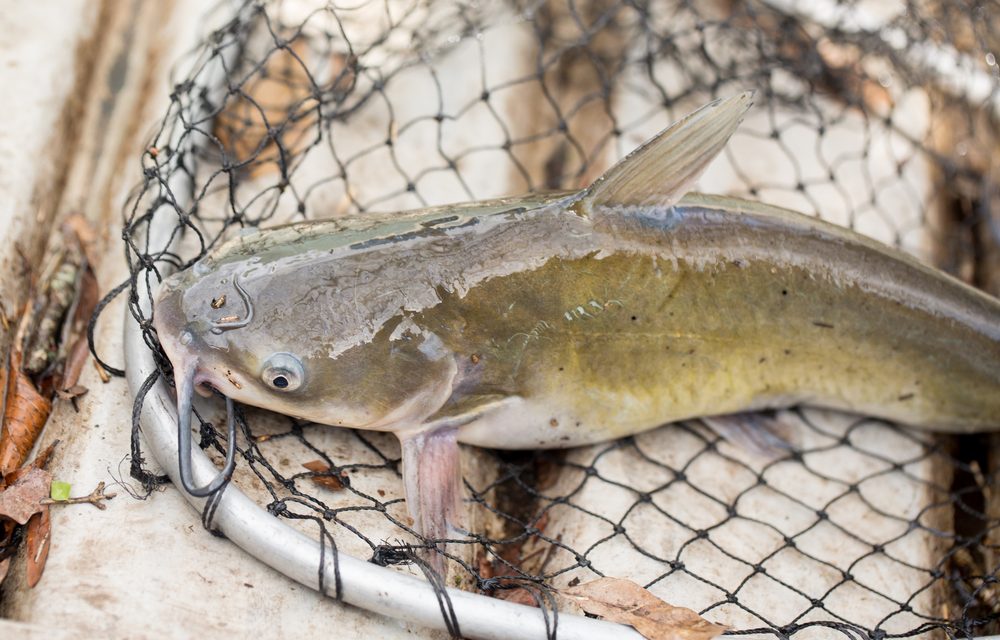

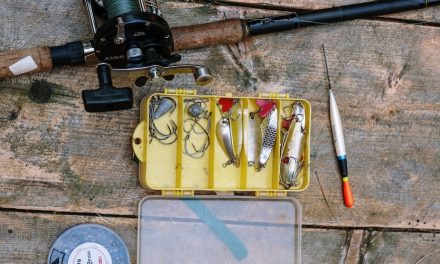


 E-Newsletter
E-Newsletter